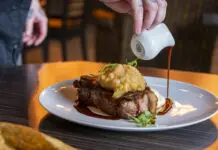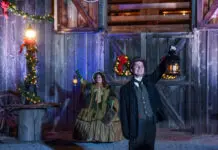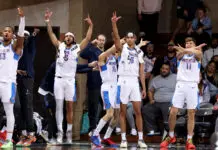It can be a challenge to match wines for a meal as extensive and diverse as a traditional Thanksgiving dinner. But it is also a great opportunity to experiment if keeping just a few principles in mind.
One wine from appetizer to dessert is definitely a challenge, with sparkling wine being one option that’s both popular and appropriate. A drier Rosé is also an option and will pair reasonably well with several courses. It’s slightly easier to remain committed to either red or white wine from beginning to end, but to do that or to switch between the two is a matter of personal taste. In white wine, Riseling pairs well with well seasoned turkey, dressing and sweet potatoes. Crisp Sauvignon Blanc nicely cuts the richness of turkey and mashed potatoes. Pinot Grigio also holds up well to fatty dishes.
Among red wines, Pinot Noir is a holiday classic that buoys Thanksgiving’s earthier flavors. Zinfandel is a little heartier accompaniment for those so wishing. A peppery or spicy Syrah can add another, deeper layer to the more savory components of the Thanksgiving meal. Beaujolais Nouveau is famously released from France just prior to Thanksgiving in the United States and for a fruity, light wine, actually pairs well with traditional fare.
Whatever you pair throughout the meal, for dessert consider a fortified wine like port or cream sherry – either will put the exclamation point to your pumpkin or pecan pie.























